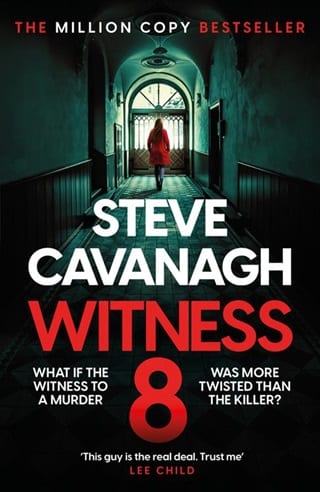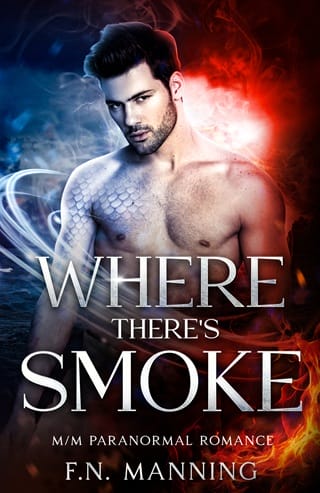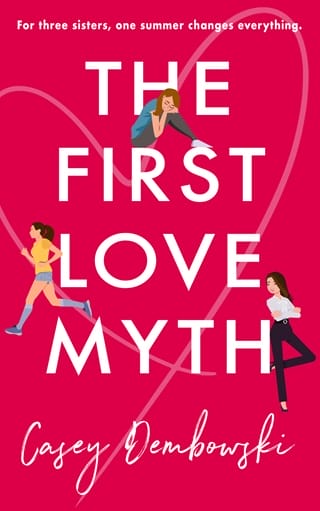Chapter 46 Kate
46
Kate
Kate remembered Eddie telling her that a cross-examination was best treated like an armed robbery. Get in fast, get what you want and get out.
Given that her father used to be a cop, Kate disliked the analogy. But it was accurate.
With the jury settled, and all the players in court, Castro called the medical examiner to the witness stand.
The medical examiner, Dr. Joanne Kilter, testified that the victim, Margaret Blakemore, died from three gunshot wounds. One in the chest. Two in the temple. She was able to retrieve those rounds from the body and they were preserved in evidence for the ballistics expert – Mr. Harris.
The ME was not a contentious witness. She told the facts as she found them. Kate knew there were things the ME didn't find, and they could help John Jackson's case.
‘Dr. Kilter, you examined all three entry wounds caused by the gunshots. You didn't find any evidence of bruising to the skin around those wounds?'
‘I did not.'
‘You didn't see any scorch marks?'
‘I did not.'
‘What is a star-shaped entry wound?' asked Kate. This was a loose question, but there was only one factual answer. Worth the risk.
‘It is a tearing and ballooning of the skin around a bullet entry wound consistent with the barrel of the weapon being in contact with the skin when the round is fired. This causes the gases from the firing of the weapon to be trapped under the skin, which will erupt and tear because a minor explosion has happened beneath the skin.'
‘And there was no sign that this happened in this case?'
‘None.'
‘So whomever fired the fatal rounds did so from a distance, correct?'
‘Correct.'
Kate thanked the witness, and sat down.
Castro now turned to the rounds that had been retrieved from Margaret Blakemore's body.
Harold Hugh Harris had signed his ballistics report with his initials.
He always used his middle name and pronounced it with a flourish as he stated it for the record after accepting his oath. Castro took some time to run through his credentials. He didn't hold a doctorate. Didn't have a college degree. He was, by trade, a gun seller. At least he used to be, until he discovered that he could make a shit-ton more money as a private consulting ballistics expert. The money was on display – it had paid for a tailored navy pinstripe suit, perfectly cut at the ankle to show off his brown leather cowboy boots.
He hailed from Texas, as if anyone couldn't guess.
His qualifications entailed a one-month training course with a recognized professional body of ballistic experts. He had paid the course fees, completed the assignments and training, then collected a certificate with gold foil on the edges. The remainder of his qualifications as an expert witness came from what he described as ‘extensive casework experience over a period of fifteen years'.
‘Mr. Harris, did you receive any weapons for examination in this case?'
Harris was another graduate of the school of expert witness testimony. He faced the jury, giving the lawyers a profile view only. He knew the only people who mattered in the courtroom were the jury, and it was easier to stay out of an argument with a lawyer if you didn't look them in the eye.
‘Yes, sir, a Sig Sauer pistol . . .'
‘Wait just a second, Mr. Harris. When you received the weapon, did you also take into custody any other evidence seized from the scene?'
‘I did indeed, sir. Yes, I also took custody of three shell casings from the crime scene, and three rounds which I believe were retrieved from the victim. However, I only examined one of those rounds.'
‘Why did you only examine one bullet?'
‘To my understanding, sir, this was the only bullet that had not suffered significant impact damage. It was slightly deformed at the tip, but otherwise intact. The other rounds were heavily damaged.'
‘Just tell the jury what examinations you undertook?'
‘I carried out tests to determine whether the bullets fired came from the pistol found by police in the defendant's closet.'
‘And how did you go about this?'
‘I was able to test-fire five rounds from the pistol into a water tank, and then undertake a microscopic examination of those control rounds, comparing it with the bullet recovered from the victim. You see, when a bullet is fired, there are tool marks impressed upon the bullet as it passes through the barrel of the weapon. Each barrel has been machined with a spiral-type pattern, or rifling, as we call it, which spins the bullet as it leaves the barrel in order to keep the projectile flying straight. There are characteristic markings left on the bullet, but each weapon will leave individual marks. These are fairly unique. I was able to determine that the markings on the control shots matched those marks found on the bullet used in the shooting.'
Castro took a second to make sure the jury was following. Most of them were. Some were not. He decided to make it a little easier for the rest of the jury to follow.
‘The markings on the bullets, are they like a fingerprint for the weapon?'
‘Yes, very similar to a fingerprint. Each bullet carries the markings of the weapon that fired it. And, in this case, there was a sufficient match for me to be sure that the weapon found in the defendant's closet was used in this shooting.'
 Fullepub
Fullepub 



